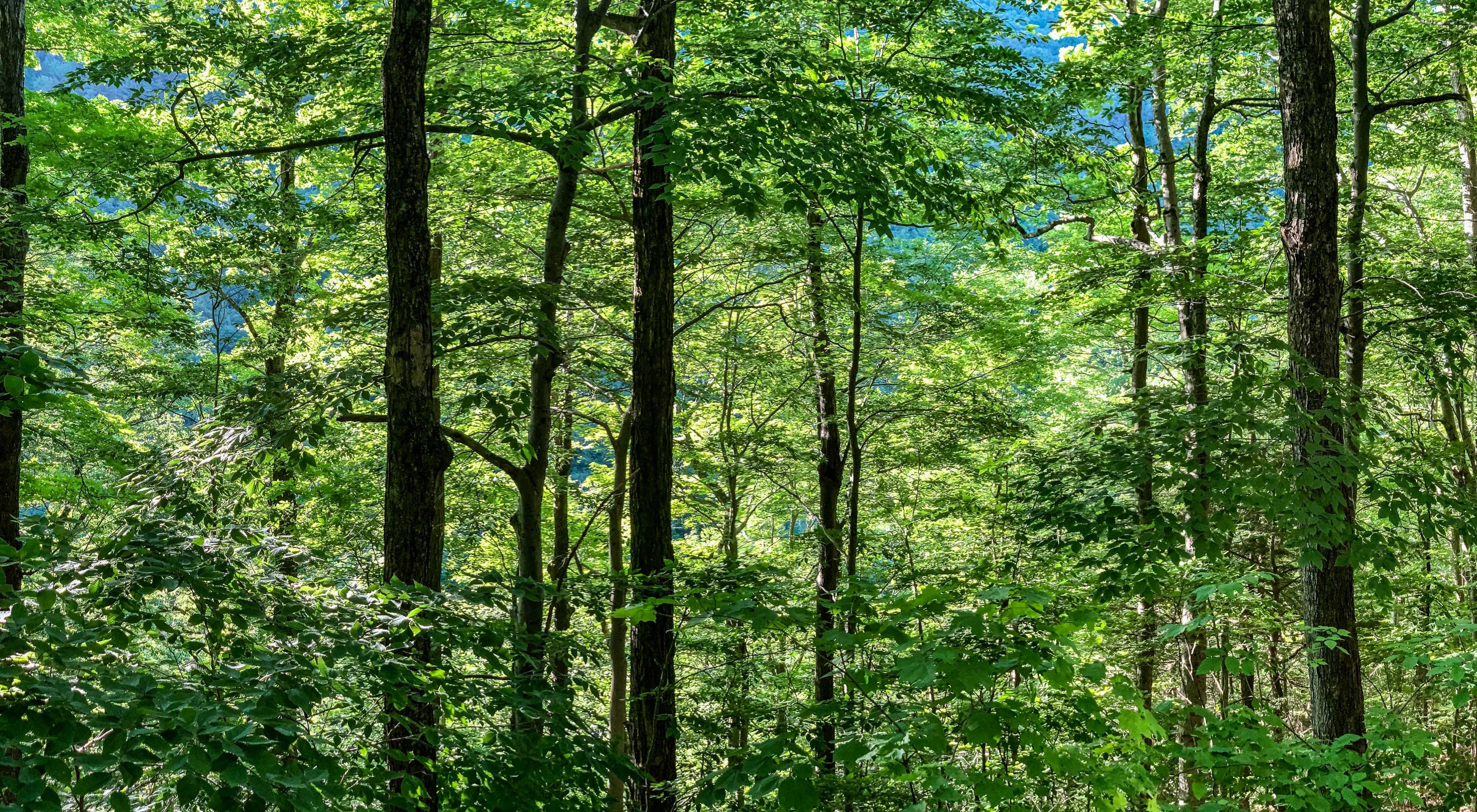Heather Furman Steps Down as Vermont State Director, to Assume a National Position as Appalachians Director for The Nature Conservancy
Vermont
Media Contacts
-
Eve Frankel
Deputy State Director
Email: eve.frankel@tnc.org

After a decade at the helm, Heather Furman will be stepping down as Vermont state director of the Nature Conservancy (TNC) on June 2nd. Furman has been a high impact leader in Vermont’s conservation arena for the past 25 years, previously serving as executive director of Stowe Land Trust, co-founder of the Climbing Resource Access Group of Vermont, and holding various positions in state and federal government prior to joining the Nature Conservancy.
Under Furman’s leadership, the Vermont chapter significantly expanded its scope and impact with notable contributions including launching new freshwater and policy programs, adding tens of thousands of conserved and restored acres to public and private ownership, and pioneering innovative climate focused forest carbon initiatives.
Quote: Win Smith
“Vermont’s lands and waters have benefitted from Heather Furman’s ambitious investments in people and programs that prioritize nature”
“As we work to address the crisis of biodiversity loss and climate change, Heather’s leadership has brought sustained attention to the role of nature in our lives. It’s only natural that her leadership skills have been recognized to lead national scale efforts for conservation.” Win Smith.
Furman joined the Nature Conservancy in 2013, following the 2009 recession and a period of contraction for the Vermont chapter. Early in her tenure, she forged critical partnerships with Keurig Green Mountain and the Gund Institute at the University of Vermont that elevated the role of nature in providing clean water and flood resiliency. This work positioned TNC to be a leading voice for river connectivity, biological health and flood resilience for communities experiencing climate change impacts. Over the past 10 years, Furman built on TNC’s legacy of securing public land by expanding Alburgh Dunes State Park, adding nearly 5,000 acres to the Silvio O. Conte National Wildlife Refuge, and expanding several of the state’s Wildlife Management Areas.
Furman also initiated one of Vermont’s first and largest forest carbon projects at Burnt Mountain in Montgomery and helped launch the Family Forest Carbon Initiative which is now active in nine states. Many of these initiatives were supported by a $25M fundraising campaign initiated under Furman’s leadership – the first in the chapter’s history - that along with growing the organization’s visibility, significantly expanded access to TNC’s 58 natural areas and grew the staff from a small team of 12 to nearly 30 today.
“I am tremendously proud of what we have accomplished for conservation in Vermont, and it would not have been possible without our incredible staff, a hard-working board, and the many supporters and partners who are committed to making a difference for people and nature.” Furman said reflecting on her time with the chapter.
Quote: Heather Furman
“I leave knowing that the Vermont chapter is operating from a place of strength and opportunity, from which new leadership can build.”
Furman will be transitioning to her new position as the Appalachian director for the Nature Conservancy in mid-June. In her new role, she will lead a continental scale conservation program focus on the Appalachians eco-region, one of TNC’s four global focal places, which also include Kenya, the Amazon, and Kalimantan. These places were identified by TNC’s science for their global importance for biodiversity and carbon sequestration.
“I was drawn to this opportunity precisely because of the role Vermont plays in the health and vitality of the Appalachians,” said Furman. The program works to integrate conservation initiatives, equity dimensions, fundraising and communications, in both U.S. and Canada, and across the seventeen U.S. states that make up the Appalachians geography.
The Nature Conservancy has appointed Jim Desmond, former Oregon State Director, as interim Vermont director during the recruitment period for a new leader, which will likely extend into the fall. Desmond will work closely with deputy state director, Eve Frankel, to continue advancing the chapter’s priority work within the Appalachians, on natural climate solutions, and connecting people and nature. Frankel was appointed deputy state director in March.
“We have a very strong twenty-eight person staff at the Nature Conservancy, all committed to the health of Vermont’s waters, forests, and communities,” said Frankel, “we’re proud of how far we’ve come with Heather’s leadership and are well-positioned for continued progress on our environmental goals here in Vermont and across the region.”
The Nature Conservancy is a global conservation organization dedicated to conserving the lands and waters on which all life depends. Guided by science, we create innovative, on-the-ground solutions to our world’s toughest challenges so that nature and people can thrive together. We are tackling climate change, conserving lands, waters and oceans at an unprecedented scale, providing food and water sustainably and helping make cities more sustainable. The Nature Conservancy is working to make a lasting difference around the world in 81 countries and territories (40 by direct conservation impact and 41 through partners) through a collaborative approach that engages local communities, governments, the private sector, and other partners. To learn more, visit nature.org or follow @nature_press on X.
